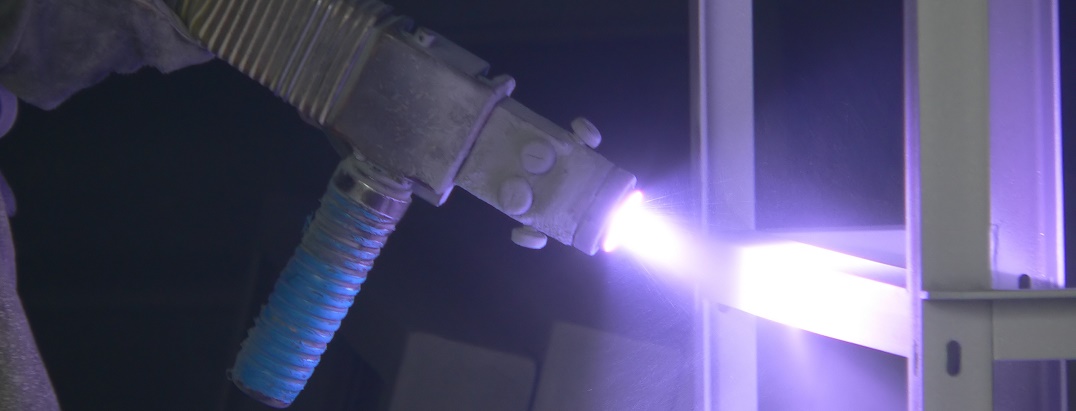
Coating
Powdered metal coating techniques are generally classified under two types:
- Cold spray coating
- Thermal spray coating
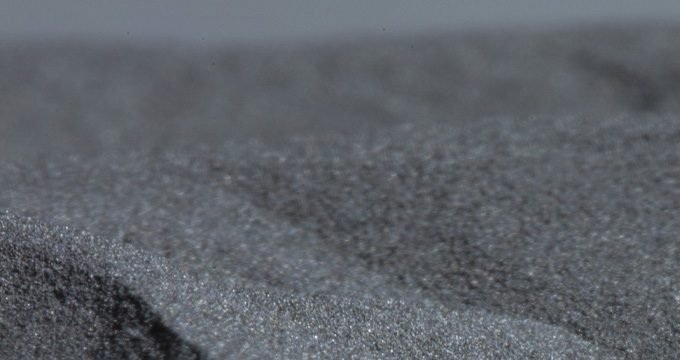
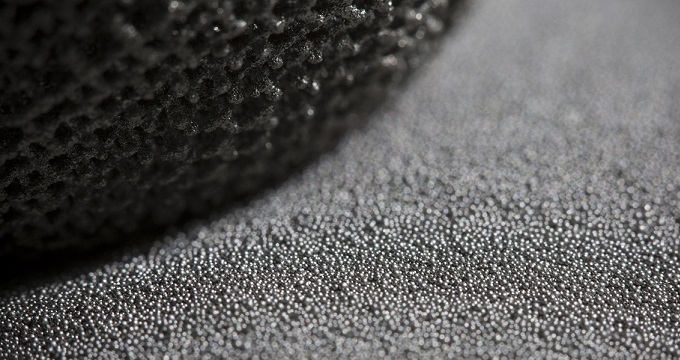
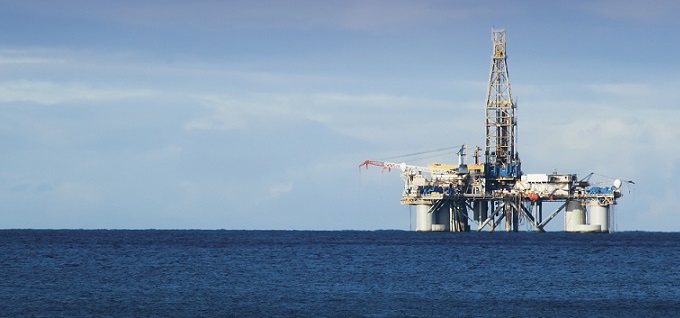
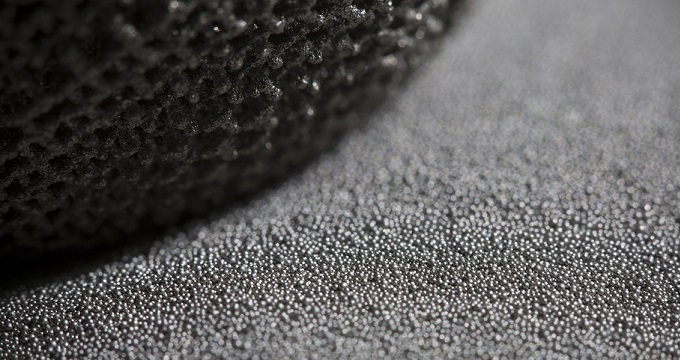

Powdered metal coating techniques are generally classified under two types:



